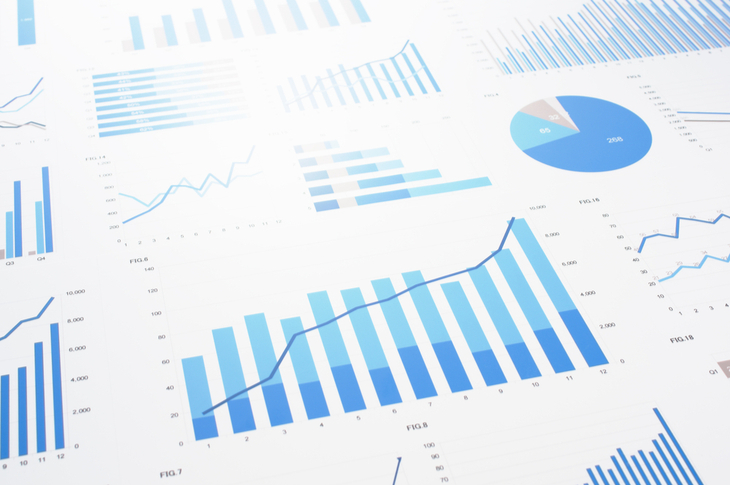Why data visualization and content marketing is a match made in heaven

Content marketing strategies have evolved from merely putting out creative content to actual storytelling with an impact. And what makes this narrative more effective is the clever way of using data – surveys, research and statistics – to create insightful and valuable content. Here are a few examples on the best way to use data visualization to create great content.
Blog 1: Why Data Visualization + Storytelling Is Marketing Gold:
This blog talks about the combination of data visualization, big data and brand storytelling. It explains the importance of the two, differences and how to use them to put across insightful content.
Difference between the two: The blog goes on to mention the difference between data storytelling and data visualization. It explains that data storytelling uses compelling and insightful data to create a captivating narrative.
The benefits of data storytelling are beyond simply stating raw data. Instead, it helps to connect the dots, expands the knowledge of the audience and solves their problems.
It is an intersection of what publishers write about, your stories and what the audience cares about. Using credible data in the story also helps to develop trust amongst the audience.
Comprehension, retention and appeal blend to create the best of both, the analytical and emotional experience.
It is engaging and versatile, where impressive stats or data can be repurposed to enhance other types of content.
Internal and external are the two ways to get your hands on data, and then turn them into interesting stories.
The key to excellent data storytelling is to choose the right subject, keeping in mind your target audience. Secondly, to source credible data and thirdly, to craft an exciting, engaging, or enlightening narrative.
Blog 2: Five Ways To Create Engaging Data-Driven Stories
This post explores the five core narratives for telling stories with data:
By stating trends: For instance, how online shopping is increasing due to certain factors.
Through charts and ranking orders: For instance, the shopping behaviours of people in different age groups.
By using comparisons: For instance, how one social network continues to outperform another.
Through counter-intuitive or surprising data: This information either asserts or challenges something that people believe is true, or simply surprises the audience.
Relationships: For instance, how one factor affects or impacts another, thus measuring the correlation between two sets of data.
It then offers tips on writing quality data-driven stories such as:
- Start with a story idea
- Check your facts
- Focus on one or two key statistics from your research
- Use visuals and tables
- Make it human
- Make it insightful and helpful
Blog 3: How to combine storytelling strategies and data to produce persuasive marketing content
This blog discovers why story/sing-song marketing strategies are useful and how you can connect data and narrative-based pieces of information to create compelling content marketing pieces that your audience will remember for a lifetime.
It covers why it is essential to use both, data and storytelling strategies in a piece of content. Then it goes on to explain how to correctly create compelling and memorable content.
It lists down strategies on how to combine data and storytelling to successfully create content such as:
- Find a compelling narrative through statistics
- Pull up stats and facts that are relevant and digestible for your audience
- Create content based on an original standpoint with the data you’re using
